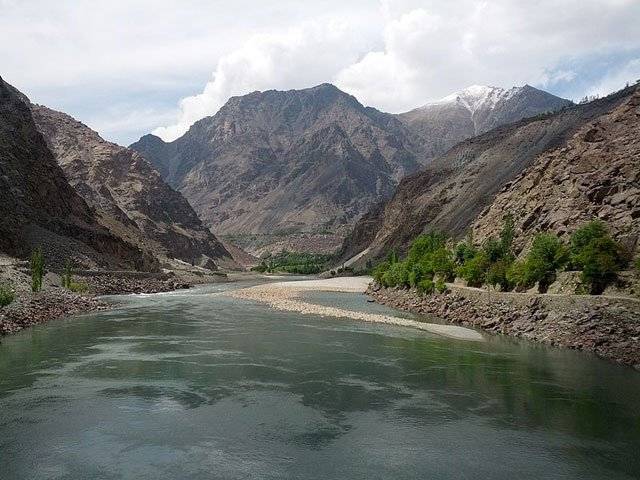
After 9 years of negotiations, India & Pakistan signed Indus Water Treaty in 1960, with World Bank being a signatory. The treaty sets out mechanism for the cooperation and information exchange between two countries regarding the use of 6 rivers – Ravi, Chenab, Beas, Jhelum & Sutlej.
The move to harvest the excess water comes against backdrop of India working on plan to divert water of Ujh, which is one of the main tributaries of Ravi river, which flows into Pakistan. This is of strategic importance to India, given control over river water flow acts as force multipliers during the times of aggression.
The Minister of Jal Shakti, Gajendra Singh Shekhawat said “Apart from that the rivers which flow from our territory and goes to Pakistan, what they have got as per mandate of Indus Water Treaty, even there we have the potential. On one hand we the right to stop water required to irrigate 2 lakh hectares of land, which we are working on to exercise our rights. We are searching for potential, exercising it & planning it”.
The plan of India is to fully utilize its share of water under treaty assumes strategic importance against backdrop of China developing controversial China – Pakistan Economic Corridor in the region.
“We have got the waters of Beas, Ravi & Sutlej, they got the waters of Chenab, Jhelum & Indus. The water of first 3 rivers and their tributaries that we get is our right. If we construct irrigation projects on those water & tap their potential, Pakistan can’t raise question, which they do, but that’s illegal” said Shekhawat.
With an eye on Pakistan, India is expediting other strategically important hydropower projects in Jammu & Kashmir such as 850-MW Ratle, 800-MW Bursar, 1,000-MW Pakal Dul, 624-MW Kiru & 540-MW Kwar in the Union territory following the reorganization of terror-hit-state.
Shekhawat said, “Now, of our 3 rivers of Indus system, there are some tributaries whose water remains untapped because of geographical adversities & flows into Pakistan. It has major river called Ujh, which has 5 tributaries. Ujh’s confluence is along with Ravi River downstream of Madhopur, which is our last diversion structure, where we have barrage. After that Ravi River enters and exists Pakistan’s territory 17 times. It crisscrosses like this, at most of the places, its Ravi, which is the line of division between two countries. So, because of that, one could not get an appropriate location to divert it”.
The Ujh multi-purpose project is to have 186-MW capacity for electricity generation and will provide water to irrigate 16,743 hectares and 20 cusecs for drinking.
Shekhawat said that “It’s our water, it’s our farmers No one has the right to any objection to it”. We are working on stage 2 of the plan for its diversion & preparing its DPR.
Previously Pakistan had objected India’s hydroelectric power project plans. It had raised objections on 330-MW project on river Kishanganga. Post the judgement, India expedited its construction, with Prime Minister Narendra Modi dedicating NHPC Ltd’s hydropower project to nation.
Simultaneously we can build and run of the river hydroelectricity projects on the. That is our right given by the Treaty. NHPC recently formed joint venture company called Ratle Hydroelectric Power Corp. Ltd to implement strategic project in Jammu & Kashmir.
“Under Indus Water Treaty, there are six rivers which were divided between both countries. While our geographical area was five times, if we divide water, we got 32% & they got 68%” said Shekhawat.
















